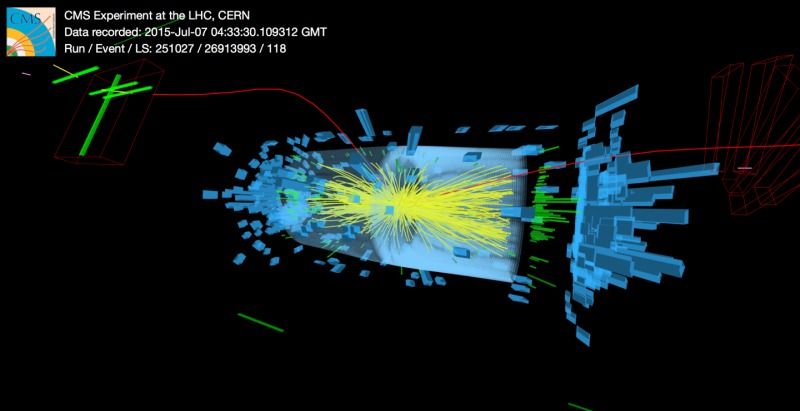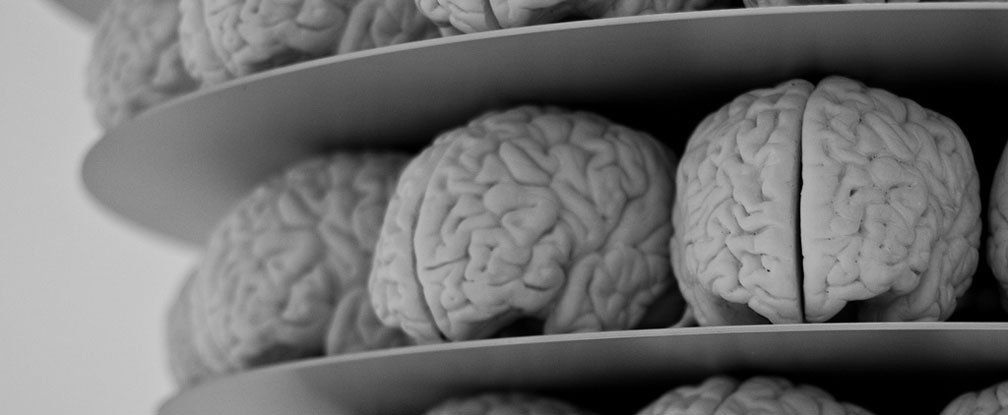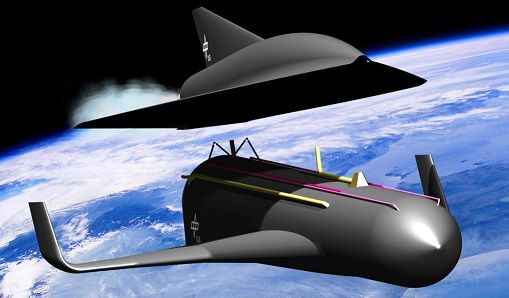Aug 21, 2015
Physicists Unveil First Quantum Interconnect
Posted by Shailesh Prasad in categories: computing, electronics, physics, quantum physics

One of the unsung workhorses of modern technology is the humble interconnect. This is essentially a wire or set of wires that link one part of an electronic system to another. In ordinary silicon chips, interconnect can take up most of the area of a chip; and the speed and efficiency with which information can travel along these interconnects, is a major limiting factor in computing performance.
So it’s no wonder that physicists and engineers are creating new generations of interconnect that will become the backbone of information processing machines of the future.

















